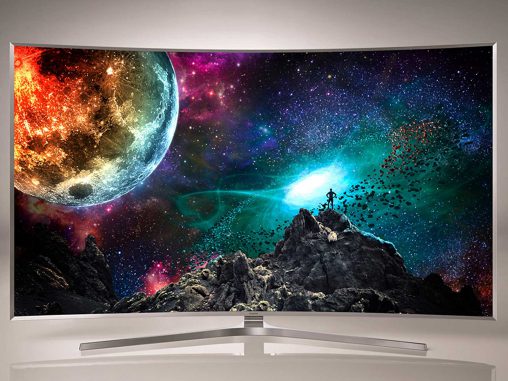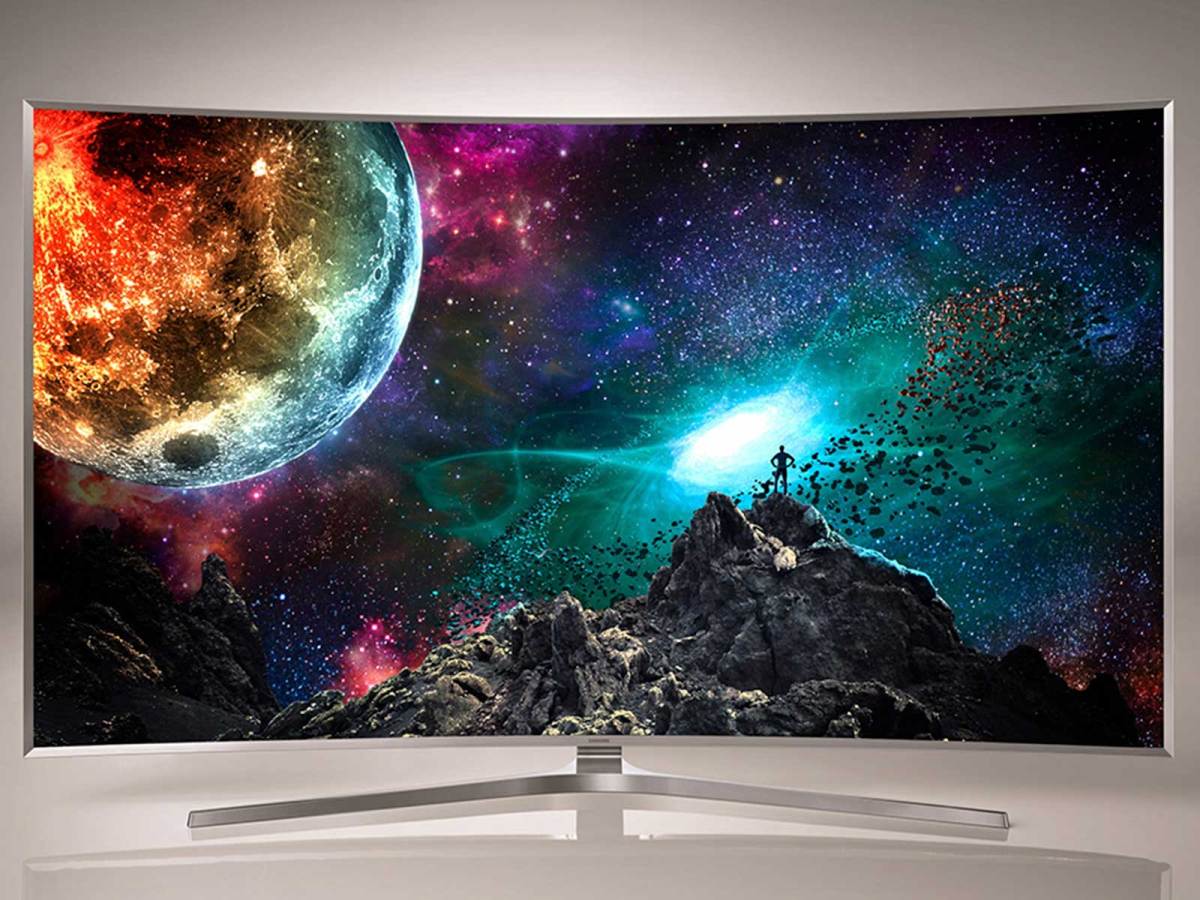Las Vegas, Nevada
One of the big head-scratchers here at the 2015 International CES is why powerhouse Korean brand Samsung has essentially withdrawn from the promotion of OLED TV technology. Whereas its fierce local rival LG Electronics has gone large here in Las Vegas with its latest OLED panels, the nascent technology has been conspicuous by its absence at Samsung’s cavernous booth, along with, incidentally, fellow giants Panasonic and Sony.
Meanwhile, the Las Vegas Convention Centre, the city at large and the Samsung stand is festooned with Samsung’s latest creative for SUHD, which sort of stands for Samsung Ultra High Definition, though there is also a suggestion from Samsung insiders that the S doesn’t really stand for anything.
SUHD is an LCD panel with LED backlighting; essentially the same panel technology that has been around for the past seven or eight years. Of course, these panels are technologically superior to the original LED TVs, with ‘nanocrystal technology’ to enable deeper blacks to appear on the display at the same time as vibrant bright colours. It is true that when observing the latest JS9000, an edgelit SUHD panel, that the colour display is tremendous and the blacks are as morbid as one could want.
Still, having exceptional LED panels doesn’t mean one can’t look to the future. LG has a virtual monopoly in OLED; it seems so peculiar that Samsung would allow this to happen. So why has it happened?

The official line from sources at the Samsung stand was that SUHD technology is “beyond OLED”, with superior colours and better overall picture quality. This may well be true – they are excellent TVs, as are the OLEDs on display at LG’s stand – but this is only part of the reason. Profitability in OLED TVs is still hazy: it costs a fortune to fund research and development into a new technology; then a company has to begin manufacturing while volumes are still too small to create any real efficiencies of scale; finally, a company must spent millions and millions of dollars promoting the new innovation so people are aware it exists and knows why it is better for them.
At this point in time, not only are TV manufacturers like LG trying to explain the benefits of OLED, they are competing with equally persistent and perhaps confusing messages about Ultra HD (or 4K, as some call it, just adding to the mixed-messaging) and Curved.
While there is no doubting the sincerity of Samsung’s belief that its SUHD panels are superior to LG’s OLED models, there is a broader strategy built around return on investment at play here.
As for Sony and Panasonic, the thinking among industry insiders is that the Japanese brands might form some sort of consortium to team up against the Koreans. Sony’s TV focus at the show has been squarely on 4K, which it has demonstrated to glorious effect on its superslip TVs. Panasonic too is more interested in 4K, with a prototype Ultra HD Blu-ray Player, but as for actual panels, it still seems to be finding its feet following the close of its plasma technology chapter.

